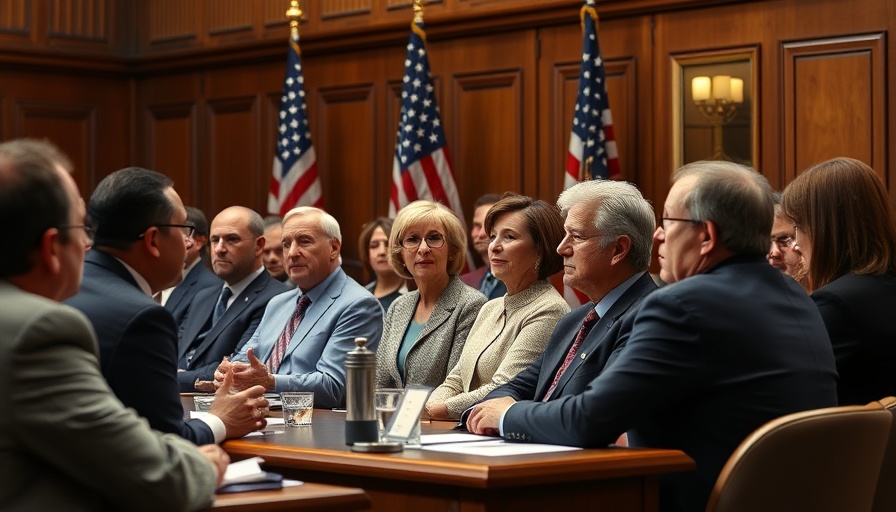
Understanding the 'Take It Down Act' and Its Implications
The recent passage of the "Take It Down Act" marks a critical step in addressing the growing concern of revenge porn and AI-generated deepfake pornography in the digital age. With a bipartisan vote of 409-2 in the House of Representatives and unanimous support in the Senate, this legislation has garnered significant attention, especially as it heads to the President's desk with backing from First Lady Melania Trump.
Legislative Background: A Response to Growing Concerns
The bill's swift advance through Congress responds to increasing reports of individuals, particularly women and teens, being victimized by non-consensual explicit imagery. Spearheaded by Senator Ted Cruz, the legislation seeks to empower individuals whose images are used without consent, enforcing social media platforms to remove such content efficiently within a 48-hour period after a removal request.
Senator Cruz highlighted the heartbreaking story of Elliston Berry, a teenager who faced severe bullying after explicit images were disseminated among her classmates. This case illustrates the psychological trauma associated with revenge porn and underscores the need for expeditious legal frameworks to protect victims.
The Impact of Deepfake Technology on Privacy
As technology evolves, the advent of AI-generated deepfake pornography aggravates the issue. These manipulated images often lead to public humiliation and ongoing mental health struggles for victims. First Lady Melania Trump voiced her concerns regarding the deleterious effects of deepfakes on young individuals, especially girls, stressing that the legislation seeks to safeguard their dignity and privacy. In a public statement, she emphasized the need for legislative action to combat the toxic environment that such malicious content fosters.
The Fine Balance: Protecting Victims vs. Assuring Free Speech
While support from major platforms like Meta, TikTok, and Snapchat signals a collective acknowledgment of the necessity of protective measures, digital rights organizations caution against potential overreach. They argue that the well-intentioned legislation could inadvertently stifle lawful expressions and lead to suppression of legitimate content. This brings to the forefront a crucial debate about the balance between preventing abuse and preserving freedom of expression online.
Looking Ahead: Potential Outcomes and Future Impacts
With the bill poised for presidential approval, there are expectations about its efficacy in combating cyber abuse. Advocates hope that the Take It Down Act will deter potential perpetrators from creating and sharing non-consensual explicit content, potentially reducing incidents of extortion and the devastating consequences that sometimes accompany them.
Furthermore, Rep. Maria Elvira Salazar highlighted that the bill is designed to save lives, indicating a broader recognition of the critical interplay between online harassment and mental health. By holding platforms accountable, lawmakers are taking significant steps toward fostering a safer digital environment.
Final Thoughts: A Call to Stay Informed
The passage of the Take It Down Act sets a new precedent in how society addresses the rampant misuse of technology in a manner that infringes on personal rights. As this legislation moves forward, it's essential for individuals to stay informed about their rights and the ongoing evolution of such protective measures. These developments serve as a reminder of the power of collective action and advocacy in shaping policies that prioritize the safety and dignity of every individual in our increasingly digital world.
 Add Element
Add Element  Add Row
Add Row 



Write A Comment